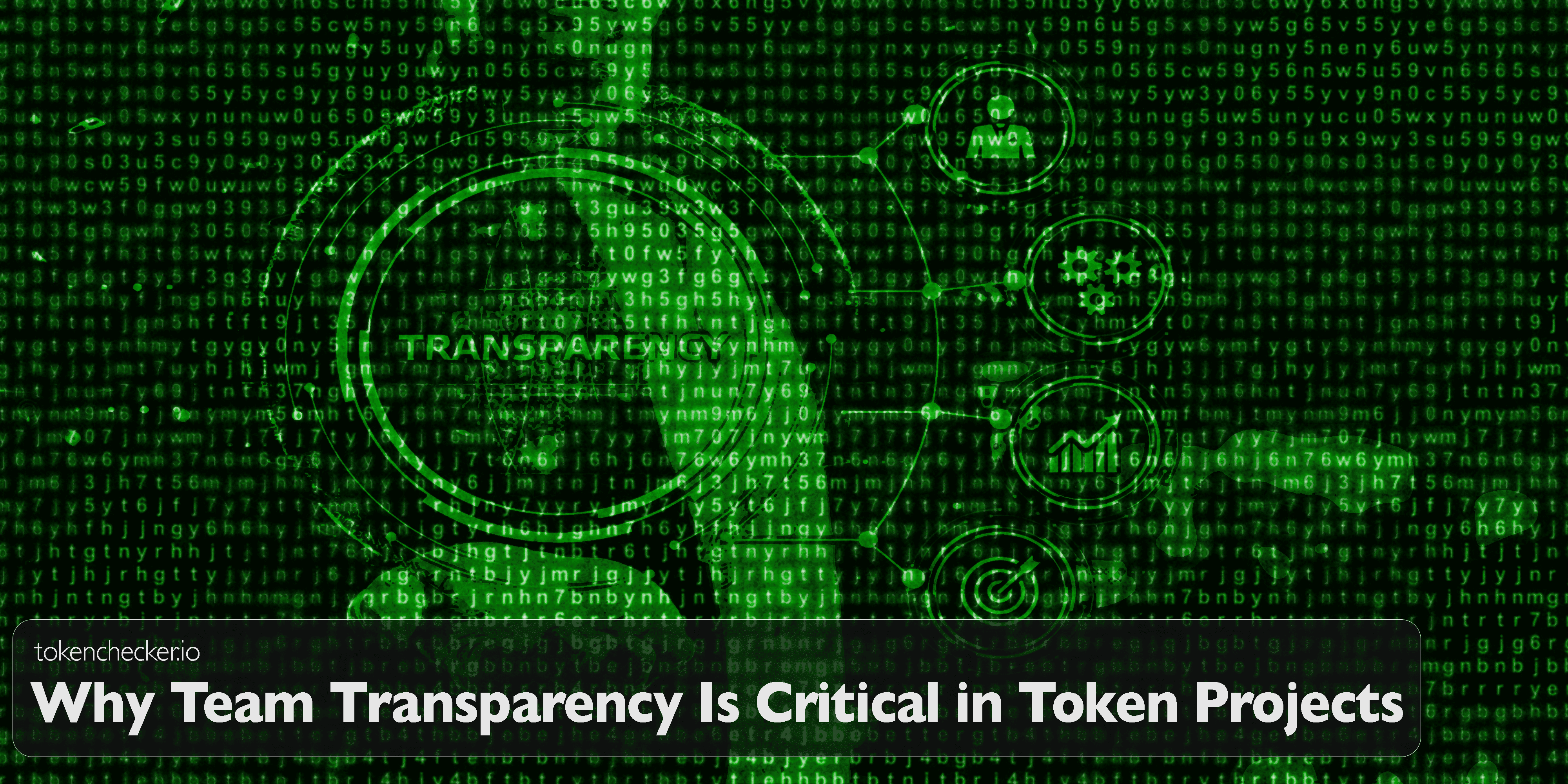
Why Team Transparency Is Critical in Token Projects
Most rugpulls don’t start with code. They start with a silent team.
A token might have clean tokenomics, a good-looking site, and even audited contracts—but if the people behind it are anonymous or evasive, that’s your first and biggest red flag. Team transparency isn’t a bonus feature. It’s the backbone of trust in a market filled with exit scams, fake partnerships, and one-click clone tokens.
In this glossary entry, we’re not just defining transparency—we’re explaining why it matters, what it prevents, and how real teams show it.
What Is Team Transparency?
Transparency in crypto means more than just open-source code or a public ledger. It’s about knowing who’s actually behind a project—what they’ve built before, whether they’ve delivered, and whether they can be held accountable. It's about being able to investigate a team's behavior, even if they are anonymous.
A transparent team will:
- Publicly list their names and roles
- Link to real social profiles like LinkedIn or GitHub
- Own their past projects (good or bad)
- Communicate openly with their community
In short: they don’t hide.
Why It Matters
1. Trust Is Everything
When you put money into a new token, you’re not just buying code—you’re trusting people. And if you can’t verify who they are or what they’ve done, you’re flying blind.
Transparent teams attract real investors. Anonymous teams attract speculators and scammers.
2. Accountability Prevents Rugpulls
Teams that show their faces are far less likely to run with the funds. Why? Because people can hold them accountable. If a project collapses or disappears overnight, a transparent team has something to lose: reputation, credibility, maybe even legal risk.
3. Real Community Building
Projects that regularly post updates, respond to criticism, and publish financials build strong communities. And strong communities are self-policing—they notice when something’s off and call it out.
What to Watch Out For
Here are some common red flags:
- No visible team anywhere on the site
- Whitepaper lists "Advisor" roles with no links or bios
- Founders use only Telegram usernames
- Admins delete critical messages or ban users asking hard questions
- Partnerships only announced on one side
Even if the chart looks great, these are signals to walk away. These are some of the top warning signs of a scam token.
Real-World Failures
- Squid Game Token — anonymous team, no sell function, $3.3M vanished
- AnubisDAO — raised $60M, devs pulled liquidity, no one ever knew who they were
- SafeMoon — claimed to be “safe” but secretly siphoned liquidity to insider wallets
- FTX — not a token rug, but a black hole of hidden fund transfers due to lack of oversight
All of these collapses shared one thing: obscured responsibility.
How tokenchecker.io Helps
Even when a team is anonymous, tokenchecker.io gives you tools to judge what they’re doing:
- Creator Wallet Analysis — see if the dev is buying, selling, or moving funds suspiciously
- Rugpull Risk — flag if the contract gives the dev too much control
- Liquidity Overview — shows if liquidity is actually locked or just claimed to be
- Sniper and Bundle Detection — warns if insiders are coordinating launches
- Honeypot and Mint Checks — looks for common scam mechanics hidden in the code
You may not always know the team—but if you know how they’re behaving, you still have an edge.
Final Thoughts
Transparency is what separates projects from scams. If the team behind your token won’t tell you who they are, what they’ve built, or how they’re managing funds—it’s not DeFi, it’s deception.
You don’t have to be a blockchain expert to protect yourself. You just need to know what transparency looks like—and what silence usually hides.
Use tokenchecker.io to expose the behavior behind the branding. And if they’re quiet when it counts? Close the tab.